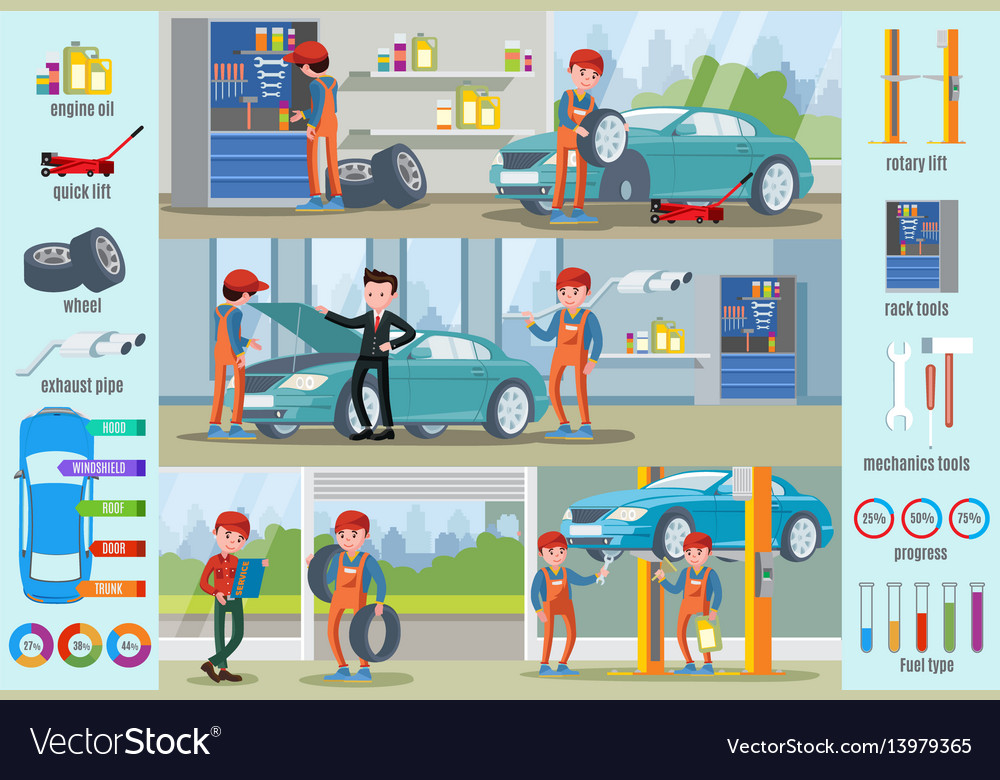Translating Your Vehicle'S Alert Lighting: Their True Implications
Translating Your Vehicle'S Alert Lighting: Their True Implications
Blog Article
Created By-Sykes Winters
When you're behind the wheel, those glowing caution lights on your control panel can be a little bit bewildering. Do you know what they're trying to inform you about your vehicle's health? Comprehending the value of these lights is essential for your safety and the durability of your car. So, the next time among those lights pops up, wouldn't you intend to decipher its message precisely and take the needed actions to address it?
Common Caution Lighting and Interpretations
Identify common caution lights in your vehicle and recognize their definitions to make sure risk-free driving.
The most regular caution lights include the check engine light, which indicates issues with the engine or emissions system. If https://www.thedrive.com/maintenance-repair/40307/how-to-build-the-perfect-garage comes on, it's critical to have your vehicle inspected without delay.
The oil stress advising light indicates reduced oil pressure, calling for instant attention to stop engine damages.
A flashing battery light might recommend a malfunctioning charging system, potentially leaving you stranded otherwise dealt with.
simply click the next document monitoring system (TPMS) light signals you to reduced tire pressure, affecting automobile security and gas effectiveness. Ignoring this could bring about dangerous driving conditions.
The ABS light suggests an issue with the anti-lock stopping system, jeopardizing your capability to stop rapidly in emergencies.
Lastly, the coolant temperature advising light warns of engine overheating, which can lead to extreme damage otherwise fixed promptly.
Comprehending these common caution lights will certainly aid you address problems promptly and preserve secure driving problems.
Significance of Prompt Focus
Comprehending the typical warning lights in your car is just the first step; the importance of quickly dealing with these warnings can't be emphasized enough to ensure your safety on the road.
When a caution light illuminates on your dashboard, it's your automobile's means of communicating a prospective concern that requires attention. Neglecting these warnings can bring about a lot more extreme problems down the road, compromising your safety and security and possibly costing you more out of commission.
Motivate focus to alerting lights can stop malfunctions and mishaps. As an example, a blinking check engine light might show a misfire that, if left neglected, could cause damage to the catalytic converter. Addressing this immediately can conserve you from a pricey repair service.
In a similar way, a brake system advising light could indicate reduced brake liquid or used brake pads, crucial elements for your safety when driving.
Do It Yourself Troubleshooting Tips
If you observe a caution light on your dashboard, there are a couple of do it yourself repairing pointers you can attempt before seeking expert assistance.
The primary step is to consult your vehicle's manual to comprehend what the particular caution light shows. Often the concern can be as simple as a loosened gas cap causing the check engine light. Tightening up the gas cap may resolve the trouble.
Another typical problem is a reduced battery, which can set off numerous alerting lights. Checking the battery connections for deterioration and ensuring they're safe might fix the trouble.
If a warning light lingers, you can try resetting it by detaching the automobile's battery for a couple of mins and after that reconnecting it. In addition, examining your automobile's liquid levels, such as oil, coolant, and brake liquid, can assist fix warning lights associated with these systems.
Conclusion
To conclude, comprehending your cars and truck's caution lights is essential for maintaining your vehicle running smoothly and safely. By promptly attending to these signals and recognizing what they imply, you can stay clear of expensive fixings and possible failures.
Remember to consult your vehicle's guidebook for certain details on each alerting light and act as necessary to guarantee a trouble-free driving experience.
Remain educated, stay safe on the road!
